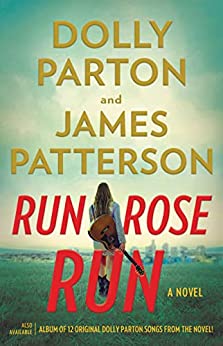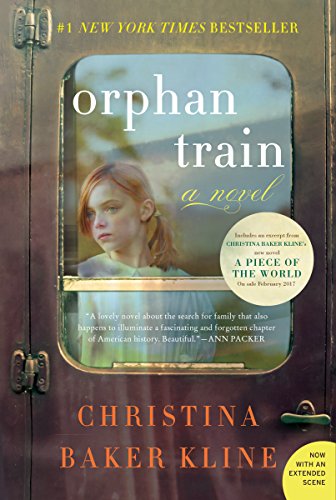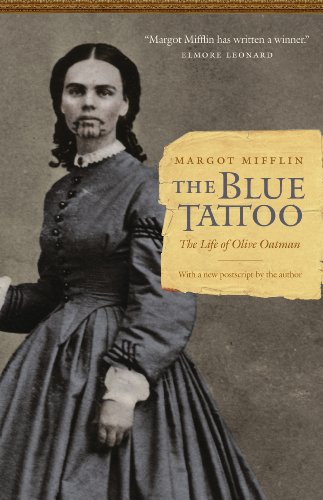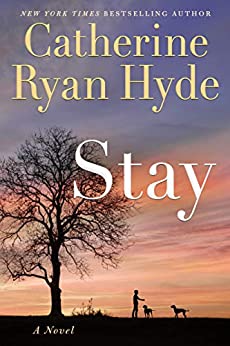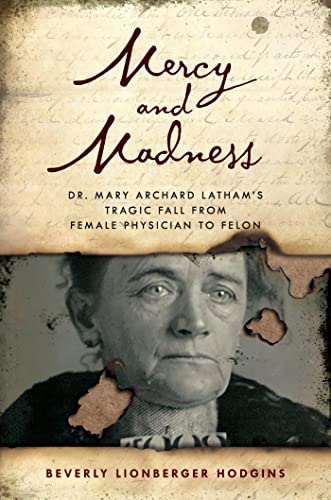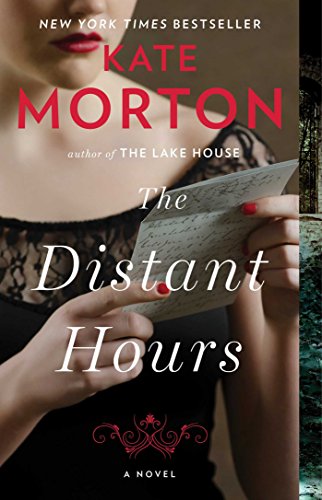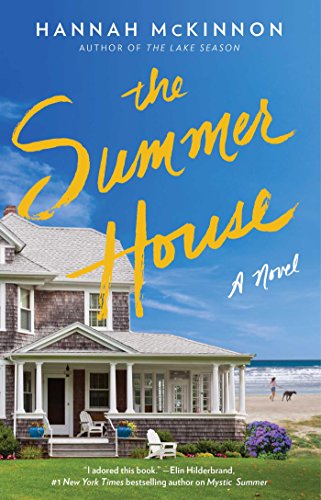
The Summer House, a poignant novel by Hannah McKinnon brings home the meaning of family and the value of cherished memories.
Flossy Merrill summons her children to their Rhode Island beach house, a place that holds treasured memories of summers past. On the agenda for the week-long gathering will be the celebration of the seventy-fifth birthday of Richard, her husband, their father and grandfather, a retired university professor.
As the families gather, we learn about each one. Clementine, the youngest and the mother of two young children, is still reeling from the sudden death of her husband. Next is Clem’s older brother and the middle child, Sam, who is gay. Sam and his husband are currently in the arduous process of trying to adopt a newborn baby. Paige, the eldest sibling, a super-charged achiever, is a veterinarian and the mother of two teens. Her husband has recently lost his job and is anxious about seeking another.
We discover how much a part of their lives the summer house has played. We also learn of old rivalries and misunderstandings, of teenage angst. The siblings fall back into their old arguments and accusations, but for all their talking, so much goes unsaid. They also enjoy good times with endless days of sun-drenched sandy beaches and nighttime bonfires.
Flossy, a loving mother and grandmother, is anxious about the coming party, wanting it to be flawless. She feels deeply about her family and endlessly strives to make things perfect for them and for the sixty-five expected party guests.
I enjoyed The Summer House. Family dynamics have always been of interest to me and I found the various family situations believable. The author does a good job of putting the reader right into the thick of various family endeavors, detailing the many aspects of combining families for an important occasion, but realizing that there will be bumps along the way. I enjoyed the seaside house, the salty, sandy beach with its endless waves, together with memories the place invokes. This novel is ultimately about family and the importance of memories shared.


